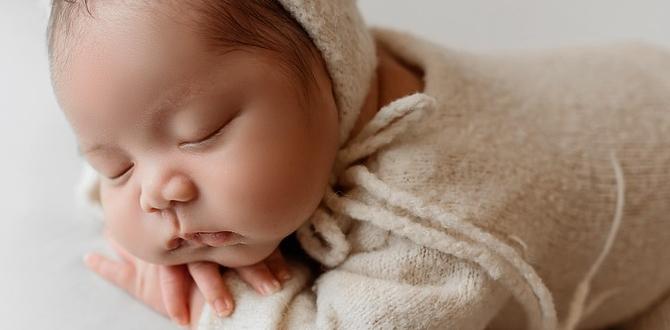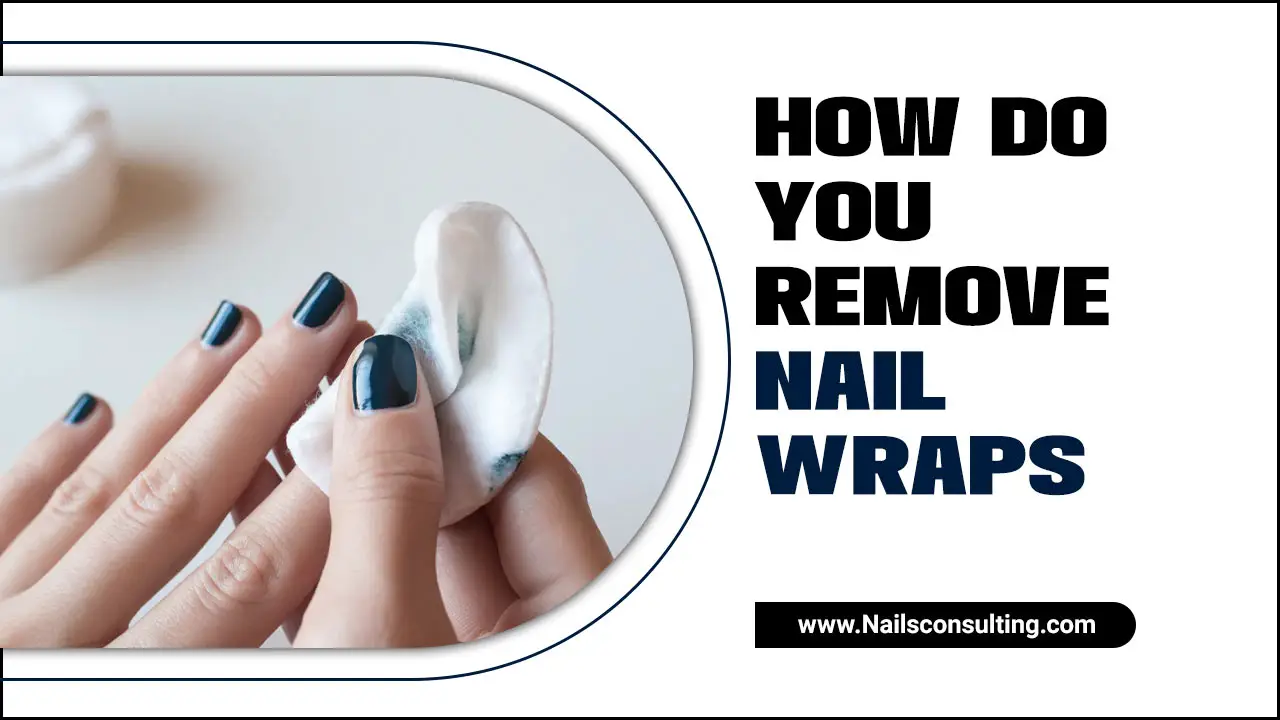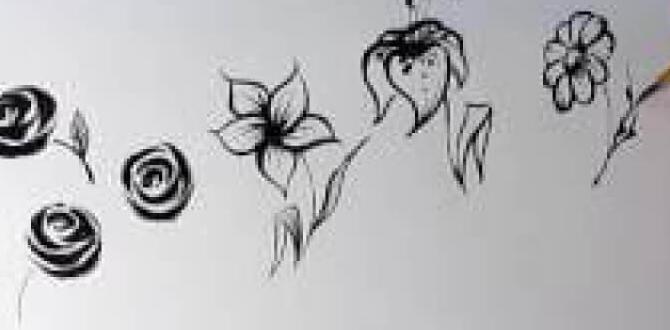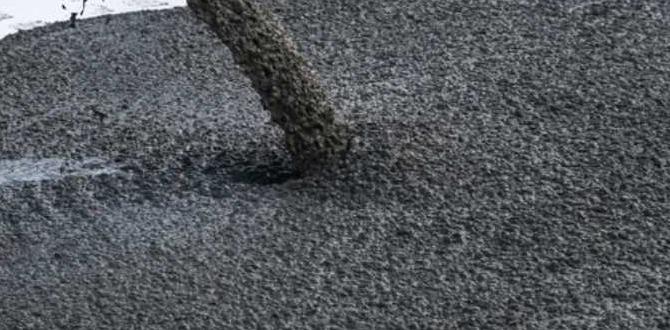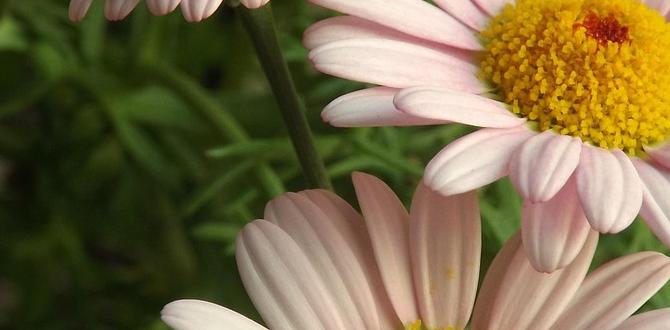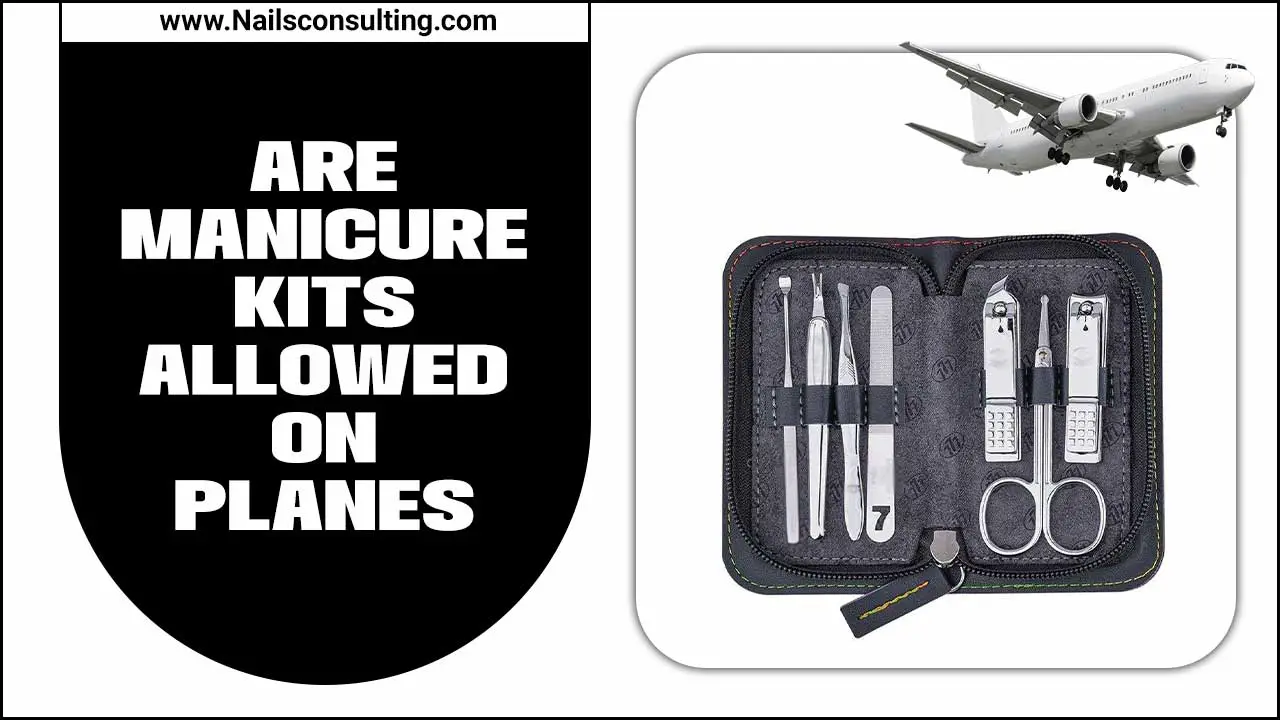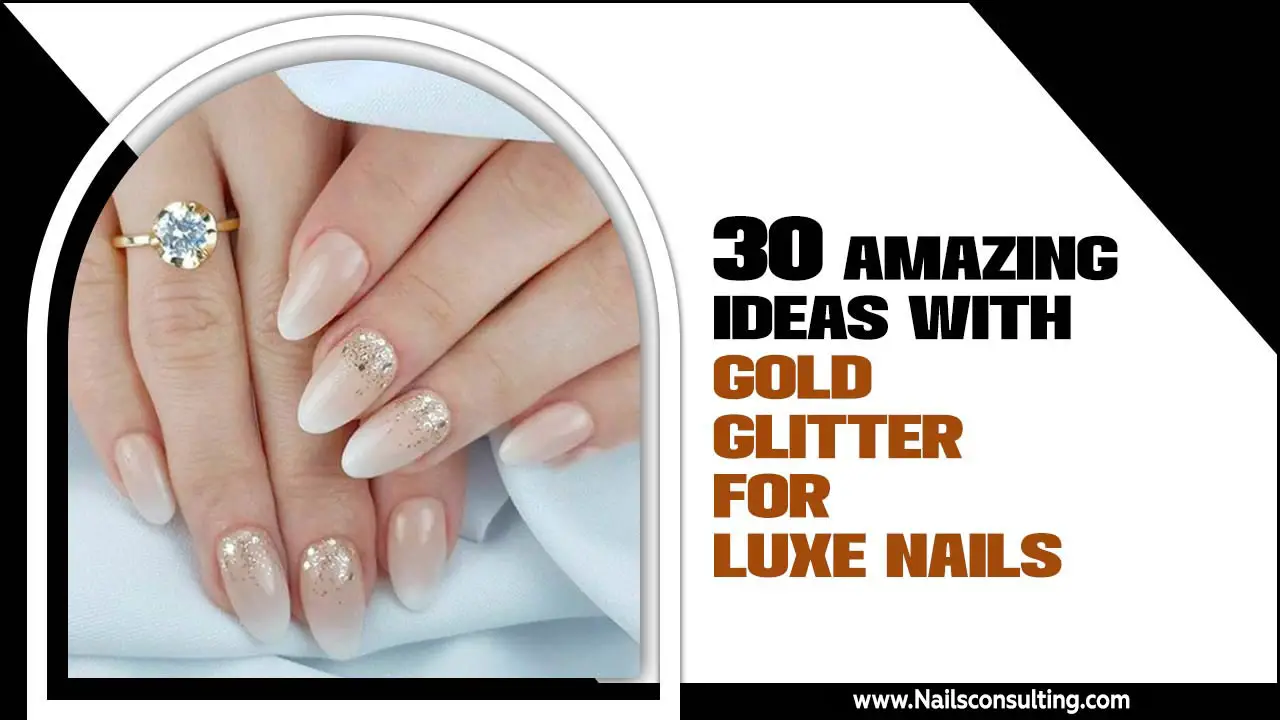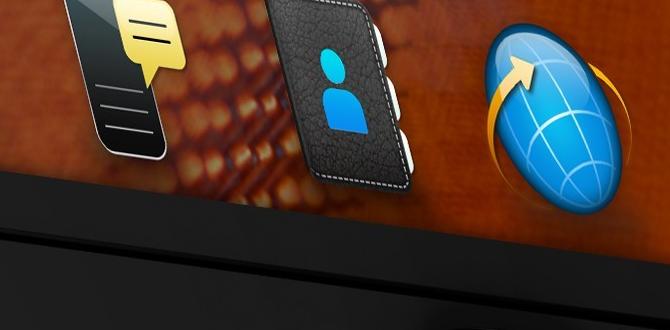DIY nail art lets you create stunning, personalized manicures at home with simple tools and techniques. You can express your unique style, save money, and achieve salon-worthy looks that boost your confidence, all with a little practice and creativity.
Ever look at gorgeous nail art online and think, “I could never do that”? You might feel a little intimidated by intricate designs or think you need a whole professional kit. It’s easy to feel like amazing nail art is out of reach, especially when you’re just starting. But guess what? You absolutely can create beautiful, eye-catching designs right at your own kitchen table!
This guide is your friendly intro to the wonderful world of DIY nail art. We’ll break down everything you need to know, from picking the right tools to mastering a few easy-peasy designs. Get ready to unleash your inner artist and give your nails the fabulous makeover they deserve. Let’s dive in!
Your Essential DIY Nail Art Toolkit
Getting started with DIY nail art doesn’t mean you need to buy everything in a salon supply store! A few key items will open up a world of creative possibilities. Think of this as your starter pack – you can always add more as you get more adventurous.
The best part? Many of these tools you might already have around the house, or they’re super affordable to pick up. Having the right gear makes the process so much smoother and more enjoyable. Let’s get your creative station ready!
Must-Have Tools for Beginners
- Nail Polish: This is your paint! Start with a few basic colors: a good base coat, a top coat for shine and protection, and a few shades you love.
- Dotting Tools: These are lifesavers! They look like pens with small metal balls on the end. They’re perfect for creating dots, swirls, and tiny details. You can get sets with various ball sizes.
- Thin Detail Brush: A fine-tipped brush is fantastic for drawing lines, delicate patterns, or filling in small areas. Make sure it’s a brush you’ll only use for nail art to keep it pristine!
- Toothpicks: Believe it or not, toothpicks are excellent for creating small dots or simple patterns. They’re a great free alternative to dotting tools when you’re just experimenting.
- Sticky Tape (Washi Tape or Painter’s Tape): This is genius for creating clean lines and geometric shapes. Just be sure it’s not too sticky, or it might peel off your nail polish too much.
- Cleanup Brush or Cotton Swabs: Mistakes happen! A small brush (like an old, clean makeup brush) or cotton swabs dipped in nail polish remover are essential for cleaning up any messy edges.
- Nail Polish Remover: For those inevitable oops moments or for cleaning up your cuticles. Acetone-free is often gentler on your nails and skin.
- Base Coat: Essential for protecting your natural nails from staining and helping your colors pop. It also makes your polish last longer!
- Top Coat: This is your sealer! A good top coat adds a beautiful shine, protects your design from chipping, and makes your manicure last for days.
Optional (But Fun!) Additions
Once you’re comfortable with the basics, here are a few things that can elevate your DIY nail art game:
- Stencils: Pre-made adhesive stencils can help you create complex patterns easily.
- Stamping Plates & Stamper: These are a bit more advanced but can create incredibly detailed designs quickly.
- Gems & Glitter: For that extra sparkle and dimension!
- Nail Art Pens: These come with a fine tip for drawing and are often easier to control than a brush for some designs.
Nail Prep: The Foundation for Fab Nails
Before you even think about designs, proper nail prep is super important. It’s like preparing a canvas before you paint! Taking a few minutes to get your nails ready will make a huge difference in how well your polish applies and how long your nail art lasts. Plus, it keeps your natural nails healthy!
Think of this as the essential first step that guarantees a smoother, more professional-looking finish. Without it, your beautiful art might chip sooner than you’d like!
Step-by-Step Nail Prep
- Clean Your Nails: Start by removing any old nail polish. Use a cotton pad and nail polish remover. Make sure your nails are completely clean and dry.
- Shape Your Nails: Gently file your nails to your desired shape. File in one direction to avoid weakening them.
- Push Back Cuticles: Use an orange stick or a cuticle pusher to gently push back your cuticles. This gives you more surface area to work with and a cleaner look. Don’t cut them unless you know what you’re doing, as it can lead to infection.
- Buff (Optional): If your nails are a bit uneven or have ridges, a gentle buff with a nail buffer can create a smooth surface. Be very light with this step.
- Apply Base Coat: This is crucial! A good base coat protects your natural nails from staining and provides a smooth, even surface for your colored polish. Let it dry completely.
Easy DIY Nail Art Designs for Beginners
Ready to try some designs? These are perfect for getting started. They look impressive but are surprisingly simple to create. You’ll be amazed at what you can do with just a few tools and a bit of patience!
1. The Classic Polka Dot Mani
Polka dots are a timeless design that’s super easy and always looks cute. They’re perfect for adding a pop of fun to any outfit.
How to Do It:
- Start with your base coat and let it dry completely.
- Apply your base color polish and let it dry thoroughly. This is important so your dots don’t smudge into the base color.
- Dip the tip of a dotting tool (or a toothpick) into your contrasting polish color.
- Gently press the dotting tool onto your nail to create a dot.
- Repeat to create as many dots as you like, spacing them evenly or randomly. Re-dip your tool often.
- Let the dots dry.
- Apply a top coat to seal the design.
2. Simple Striped Nails
Lines can add a sophisticated touch. You can go for thin, french-tip-style lines or bolder stripes. Washi tape is your best friend here!
How to Do It (with Tape):
- Apply your base coat and let it dry.
- Apply your first color of polish. Let it dry COMPLETELY. This is critical with tape.
- Carefully apply a piece of sticky tape (washi or painter’s tape) across your nail, pressing down firmly to seal the edges.
- Apply your second color of polish over the taped section.
- While the second color is still WET, carefully peel off the tape. This is the key to a clean line!
- Let the nail dry completely.
- Apply a top coat.
How to Do It (with a Brush/Pen):
- Apply your base coat and let it dry.
- Apply your base color polish and let it dry thoroughly.
- Dip your thin detail brush or nail art pen into a contrasting color.
- Starting from one side of the nail, draw a thin, steady line across. Practice on a piece of paper first!
- Let the line dry.
- Apply a top coat.
3. The Easy French Manicure
A French manicure is classic, elegant, and surprisingly simple to do yourself. It gives your nails a polished and neat appearance.
How to Do It (with a Brush):
- Apply your base coat and let it dry.
- Apply a sheer nude or pink polish as your base color. Let it dry.
- Dip a fine detail brush into white polish.
- Hold your hand at a comfortable angle and gently paint a smile line along the free edge of your nail. Work from one side to the other.
- Let the white tips dry completely.
- Apply a top coat.
How to Do It (with Stencils/Stickers):
- Apply your base coat and let it dry.
- Apply your base color polish and let it dry thoroughly.
- Carefully place a French tip sticker or guide onto your nail, lining it up with where you want the white tip to begin. Press down firmly.
- Paint the exposed tip of your nail with white polish.
- While the white polish is still wet, carefully peel off the sticker.
- Let dry completely and apply a top coat.
4. Gradient (Ombre) Nails
This looks super chic and is easier than you might think! It uses a sponge to blend colors seamlessly from one shade to another.
How to Do It:
- Apply your base coat and let it dry.
- Apply a base color (often a lighter shade) and let it dry completely.
- Grab a makeup sponge or a small piece of a kitchen sponge.
- On a piece of paper or a plastic lid, create stripes of two or three nail polish colors side-by-side.
- Quickly press the sponge onto the stripes, picking up the colors.
- Gently dab the sponge onto your nail, rocking it slightly to blend the colors. Don’t press too hard!
- Repeat this process, re-applying colors to the sponge each time, until you achieve your desired look. You might need multiple coats.
- Let it dry. This can be a little messy, so use your cleanup brush to tidy up the edges.
- Apply a generous top coat to smooth out the texture and blend the colors.
Tips for Long-Lasting DIY Nail Art
You’ve put in the effort to create a stunning design, so you want it to last, right? Here are some pro tips to help your DIY nail art stay looking fresh and fabulous for as long as possible.
- The Importance of Drying Time: This is huge! Each layer of polish – base coat, color, design elements, and top coat – needs to dry thoroughly before you move on to the next. Patience here prevents smudging and ensures your art sticks. For faster drying, you can use a quick-dry spray or drops.
- Sealing is Key: Always finish with a good quality top coat. Apply it generously and make sure to cap the free edge of your nail by running the brush along the very tip. This creates a protective seal.
- Be Gentle with Your Hands: Avoid using your nails as tools (like opening cans or scraping things). Harsh chemicals like bleach can also break down polish, so wear gloves when cleaning.
- Moisturize: Keep your cuticles and hands moisturized with cuticle oil and hand cream. Healthy skin around your nails makes your manicure look better and can help prevent chipping around the edges.
- Touch-Ups: If you get a tiny chip, don’t fret! Sometimes a small touch-up with polish or a strategically placed gem can save the day.
Troubleshooting Common DIY Nail Art Problems
Even the pros have off days! Don’t get discouraged if your first few attempts aren’t perfect. Here’s how to fix some common issues:
Problem: Smudged Design
Solution: You applied the next layer too soon! Let each layer of polish dry completely before adding another. If it’s a fresh smudge, you can sometimes gently fix it with a clean-up brush dipped in polish remover, or by carefully dabbing it back into place with a dotting tool. For dried smudges, a top coat can sometimes help meld it together, or you might need to start that nail over.
Problem: Uneven Lines or Dots
Solution: Practice makes perfect! For lines, try to steady your hand by resting your pinky finger on the table. For dots, ensure you’re not picking up too much polish on your tool. A clean-up brush with polish remover is your best friend for tidying up edges.
Problem: Polish Peeling or Chipping Quickly
Solution: Check your prep and your top coat. Make sure you used a base coat and let it dry. Ensure your nails are clean and dry before starting. Most importantly, use a good top coat and cap the free edge of your nails. You might need to reapply your top coat every few days to refresh the shine and protection.
Problem: Polish Chunky or Streaky
Solution: Your polish might be old and starting to thicken. Try adding a drop or two of nail polish thinner (not remover!) to revive it. If that doesn’t work, it might be time for a new bottle. Also, ensure you’re not overworking the polish – apply smooth, even coats.
Beyond the Basics: Exploring More Nail Art
Once you’ve mastered dots and lines, the nail art world opens up! You’re ready to explore more with these ideas.
Using Stencils and Stickers
Pre-made stencils and nail art stickers are fantastic for beginners who want to try complex designs without the intricate freehand work. They’re widely available online and in beauty stores. You can find geometric patterns, floral designs, tiny animals, metallic accents, and more!
Introduction to Nail Stamping
Nail stamping involves using a stamping plate with etched designs, a stamper, and a special stamping polish. You apply polish to the plate, scrape off the excess, and then use the stamper to pick up the design and transfer it to your nail. Brands like Born Pretty and MoYou-London offer a vast array of plates. It takes a little practice to get the technique right, but it allows for incredibly detailed and precise designs.
For more on nail care and hygiene, the Centers for Disease Control and Prevention (CDC) offers valuable information on keeping your nails healthy.
Adding Embellishments
Don’t forget about the fun stuff! Small rhinestones, pearls, glitter, and even tiny dried flowers can be adhered to your nails using nail glue or a bit of your top coat. These add dimension and a touch of glamour to any design.
DIY Nail Art vs. Salon Manicures: What’s Right for You?
Both DIY nail art and salon manicures have their perks. Understanding the differences can help you decide when to do it yourself and when to treat yourself to a professional.
| Feature | DIY Nail Art | Salon Manicures |
|---|---|---|
| Cost | Very budget-friendly. Initial tool investment, then low ongoing costs for polish. | Higher cost per service, but includes professional skill and materials. |
| Time Commitment | Can be done on your own schedule, but requires dedicated time for prep and creation. | Requires an appointment and travel time. The service itself can take 30-90 minutes. |
| Creativity & Customization | Unlimited! You can create exactly what you envision. Full control over designs. | Limited by the technician’s skills and available designs. However, many techs can do custom requests. |
| Skill Level | Starts simple; complexity grows with practice. Beginner stages can be very achievable. | Professional skill ensures a high-quality finish and intricate designs. |
| Hygiene | You control your own tools for cleanliness. Essential to sterilize or replace brushes. | Reputable salons follow strict hygiene protocols for tools and surfaces, often using autoclaves. Check for proper sterilization. |
| Variety of Services | Primarily polish-based art, gels, acrylics require more advanced kits. | Offers a wide range, including acrylics, gels, dip powder, and complex 3D art. |
Ultimately, DIY nail art is perfect for those who love to get creative, want to save money, and enjoy a relaxing at-home beauty ritual. Salon manicures are great for precision, complex techniques like acrylics or gels, or when you simply want to be pampered.
Frequently Asked Questions About DIY Nail Art
Here are some common questions beginners have about creating their own nail art.
1. What is the easiest nail art design for beginners?
Polka dots are usually the easiest! They require minimal skill – just a dotting tool or toothpick and polish. Simple stripes using tape or a thin brush are also great starting points.

